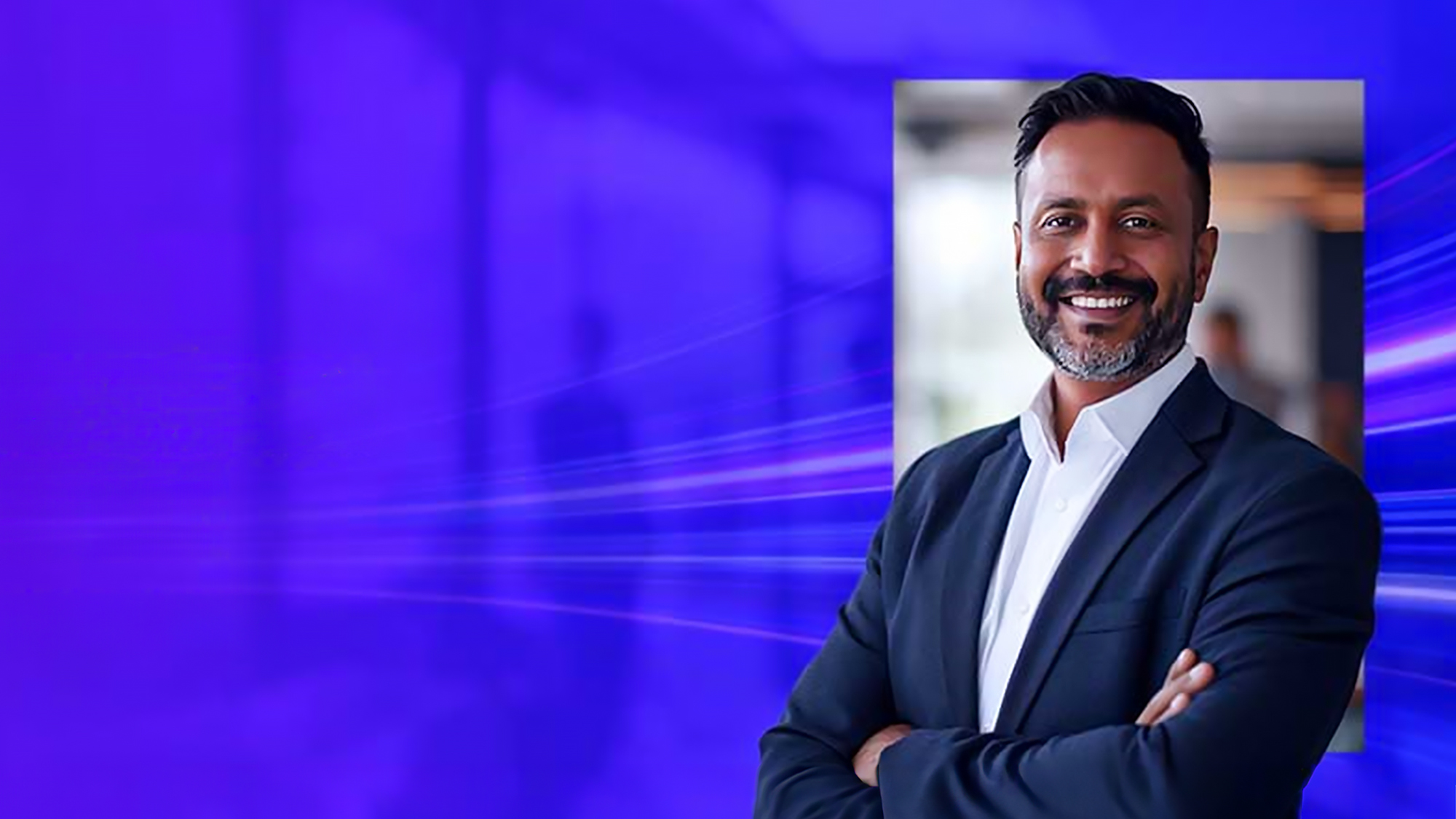Cybersecurity considerations 2024
Technology innovations demand strategic pragmatism.

As 2024 unfolds, organizational leaders face many challenges, from sustaining growth to navigating emerging technologies and talent acquisition and retention. The role of the Chief Information Security Officer (CISO) is evolving, and they are increasingly being seen as proactive partners in managing ongoing business needs rather than just being called upon to rescue the organization during times of crisis.
The KPMG annual Cybersecurity considerations report identifies eight key considerations that CISOs should prioritize in 2024 to help mitigate risk, drive business growth and build resilience.
Explore the eight key cyber considerations and uncover the key actions organizations can take as they seek to accelerate recovery times, reduce the impact of incidents on employees, customers, and partners and aim to ensure their security plans enable — rather than expose — the business.
Explore the eight key cybersecurity considerations for 2024
2. Embed cybersecurity and privacy, for good
3. Navigate blurring global boundaries
4. Modernize supply chain security
5. Unlock the potential of AI - carefully
6. Supercharge security with automation
7. Make identity individual, not institutional
8. Align cybersecurity with organizational resilience
Dive into our thinking:
Cybersecurity considerations 2024
Discover how to balance cyber priorities to build a resilient future
Download PDFExplore more

Cyber security insights
Turn risk into advantage. Learn how you can anticipate better, move faster, and get an edge with technology that is secure.

Cybersecurity considerations 2024: Technology, media and telecommunications
Navigating innovation and threats in a hyperconnected world

Cybersecurity considerations 2024: Energy and natural resources sector
Powering through change
Subscribe to Risk and Cyber Insights
The latest news and updates on how organizations can manage risk in today's environment.
Meet our team
